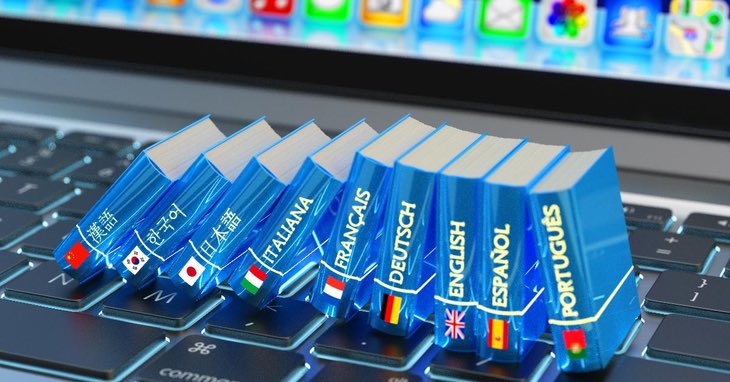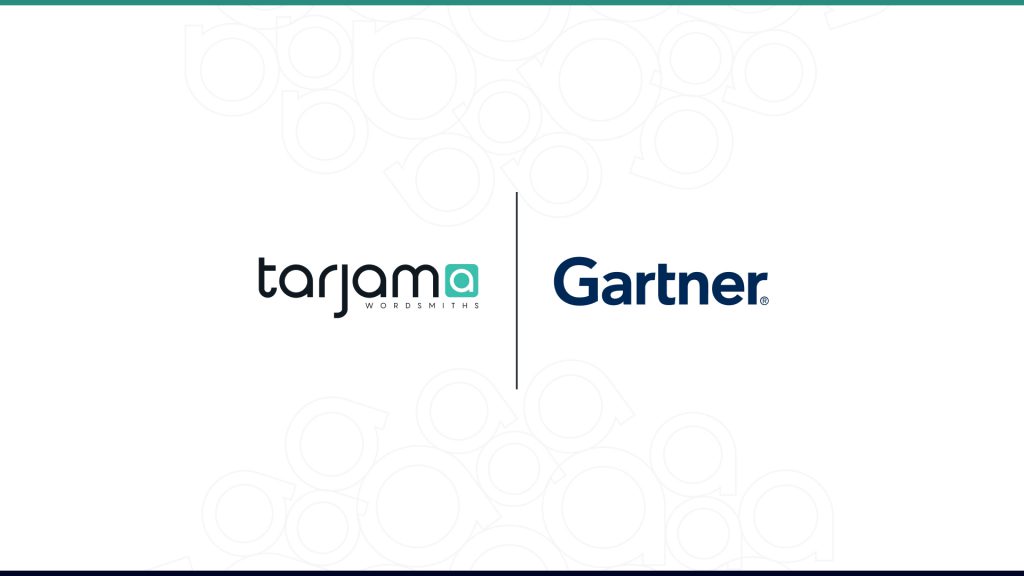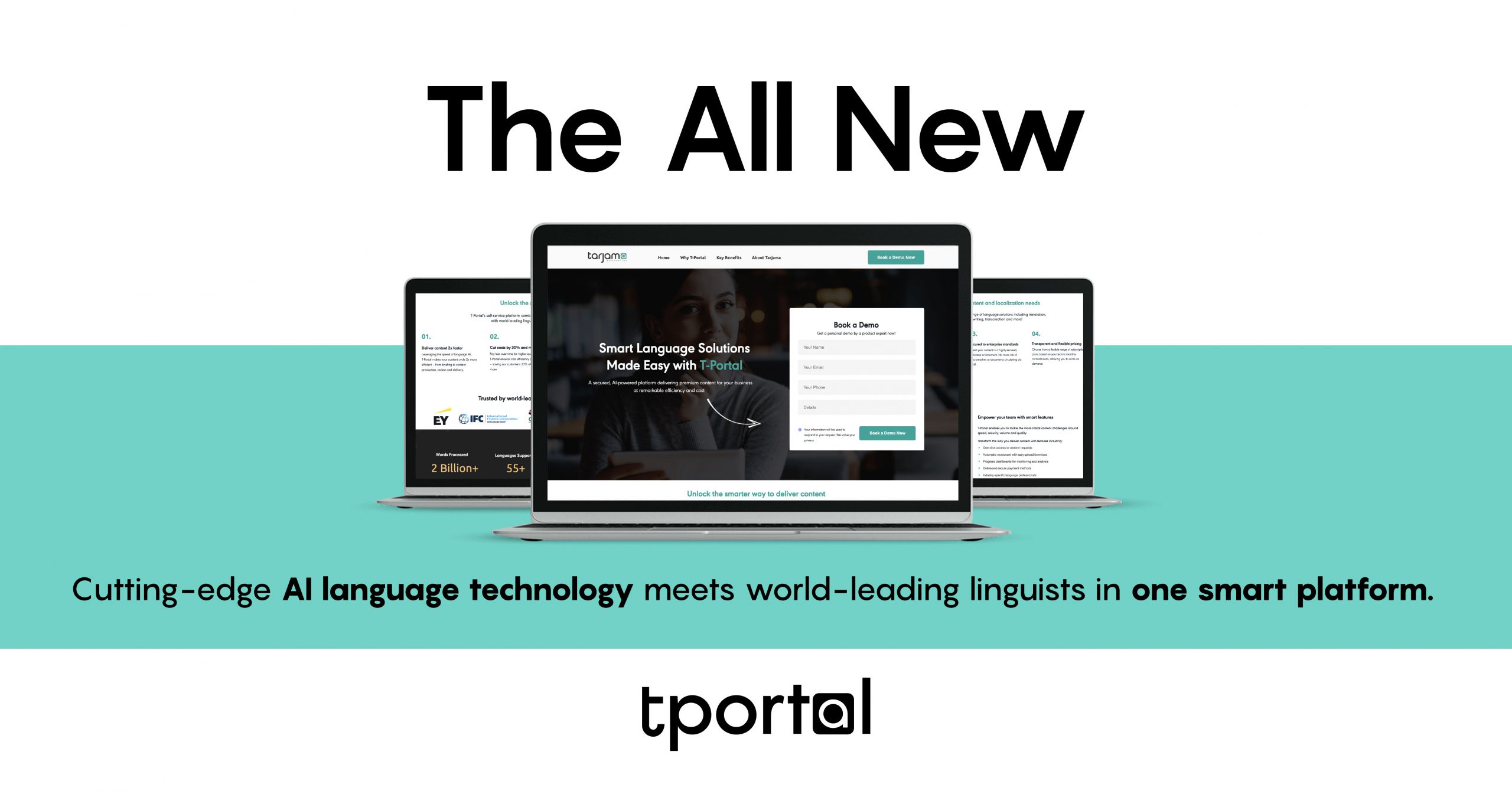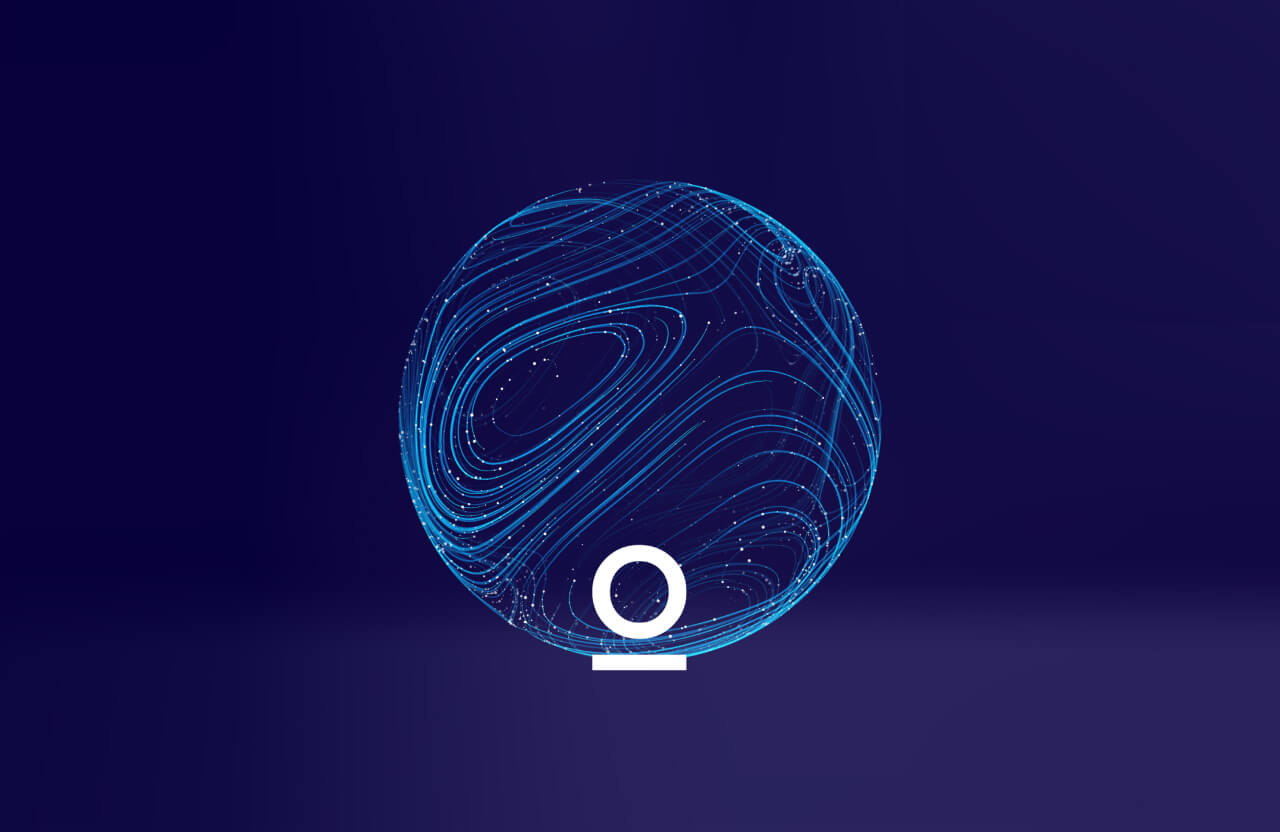
Before we dive into the technicalities of translation memory, let’s first discuss why this is an important tool that your business needs to invest in.
Whilst not all company objectives are the same, popular amongst most is finding viable strategies to earn revenues, build on growth, make plans for expansion and most importantly, generate profits.
Generating profits is a key factor to running a successful business. So how can translation memory, contribute to your profit generation? Translators often translate the same sentences and phrases repeatedly. This not only takes up a huge portion of their time, but also decreases the efficiency of your business processes.
That no longer has to be an issue because once you introduce translation management systems into your organization, your team will be able to utilize translation memory in their daily processes. This will save your business a lot of time and you will be able to deliver projects faster.
What is Translation Memory?
In its simplest form, translation memory is a bilingual database that stores all previously translated texts. These translations are manually created by a user. Once stored, they can be drawn upon later when they show up again. This saves time and avoids translators having to repeat the same translation. In this way, your translation memory database keeps updating and growing daily.
Translation Memory Is Similar To a Savings Account
An easier way to digest this concept is by comparing translation memory to a savings account.
Creating and growing a successful savings account means that you need to start early and deposit steady amounts into the account. The more you deposit, the more your account grows. Supposedly your remuneration continues to compound over time – this means that your contributions to your savings account will also increase.
If translation memory were a savings account, then the editing and translation of a segment would be equal to depositing funds into your savings account. The more you translate at an earlier stage, the quicker the database grows. You would benefit from already existing translations, which in turn, would save you from spending a substantial amount of time and money.
Once you retire, the funds in your savings account will be key to supporting you through the years. Similarly, translation memory allows you to draw from your previously saved translations and work on projects at a quicker pace. You can then move on to other projects.
Unlike some saving accounts that do have an annual limit to the amount you can deposit in a year, the beauty of a translation memory database is that it has no limit whatsoever. You can input as much as you want and withdraw whenever need be.
How Does Translation Memory Work?

When a new string gets translated in your project, the translation memory software gathers the original and translated phrases, pairing them together and adding it to the database as one single entry.
As a user is carrying out their translation work and the string reappears in the text, the translation memory automatically fills in the translation with its earlier saved entry.
In some case scenarios, the string may not be 100% identical to what is being translated. In this case, a match indicator will alert the translator with the match rate so that s/he can make changes accordingly.
Benefits of Using a Translation Memory

If your company solely relies on getting translation work done from scratch every single time, then you are not optimizing your full potential. Yes, no doubt that you will get good content, but adding a software in the equation will speed things up.
Let’s discuss 4 major benefits of utilizing translation memory:
- Maximizing productivity and increasing quality with reduced costs
With the use of translation memory, there will be consistency across all projects. Without the use of this software, a user may produce two different translations for the same phrase which will disrupt the flow and tone of the content. However, with the assistance of this computer aided tool, one can omit this error. - Quicker turnaround time
Incorporating this software in your processes will ensure that your firm will not have to continuously work on repetitive segments. You will have the advantage of receiving instant translations for texts that are recognized. This will save you a lot of time. Besides giving you instant translation, using a translation management system will allow you to work on simultaneous translation, editing and proofreading, decreasing your project completion time.
Additionally, your customers will be delighted at the quick delivery times. As the software eliminates the need of carrying out repetitive processes, your response time is faster. - Higher revenue generation
As translation memory gives you a quicker turnaround time, your company will be able to accept more projects. The existing ones will be finished at a faster pace. This in turn will grow your client base as you will be able to cater for more new customers. - Centralized database
Translation memory allow you to centralize your translation efforts. You no longer need to depend on spreadsheets, emails, and different forms of communication to get translation projects done. Translation memory ensures your content is all in a single location, accessible to all stakeholders, at all times.
Machine Translation versus Translation Memory

We have all heard of Google Translate – the easiest way to get your text translated, right? But if Google Translate did the job well, then why would you need to invest in a software?
Here’s the thing, Google Translate is a machine translation system. That is different from translation memory. Many may confuse these terms and use them in the same context. However, these two terms are completely different.
Machine translation works with roughly computer-generated translations whereas the database in a translation memory system has higher quality translations that have been refined over the years.
A machine translator may not always accurately project the correct translation meaning. This could then change the meaning of the context completely. While having a robot do the translation for you may just be convenient, it may also have hilarious adverse effects.
We’re not saying that that machine translation is a bad thing, in fact it’s quite impressive how far it has come. But on a lighter note, machine translation can get it wrong.
Babbel Magazine shows us one of these examples. A user came across a Spanish document that talked about workplace safety. In that document was a section that talked about “Fall Protection”. Google translated it to “otoño protección”. Now, for those who are not familiar with Spanish, otoño actually means Autumn, and therefore the translated version reads “Autumn Protection”.
This completely changes the meaning of the message that was meant to be delivered.
Using Translation Memory On The Go

The beauty of having this computer aided translation tool on a cloud is that it can be accessed anywhere at any time.
Translation is a service that doesn’t require you to work from one area. Your employees, your hired freelancers, they’re all able to access the database of the translation memory from anywhere. They could use it translate a document or to do the simplest email translation. Either way, this is a software that can be accessed from anywhere and will be with you wherever you go.
Translation memory is an innovative software. With business practices becoming global, it is recommended that this tool should be on your priority list. It will improve your overall processes and make them more efficient. It will also help with localization and ultimately improve the quality of your content.
Want to cut your translation budget with a translation memory? Book a Demo to see about how Tarjama can help you reduce the costs you spend on translation, while increasing your output quality and consistency.




















